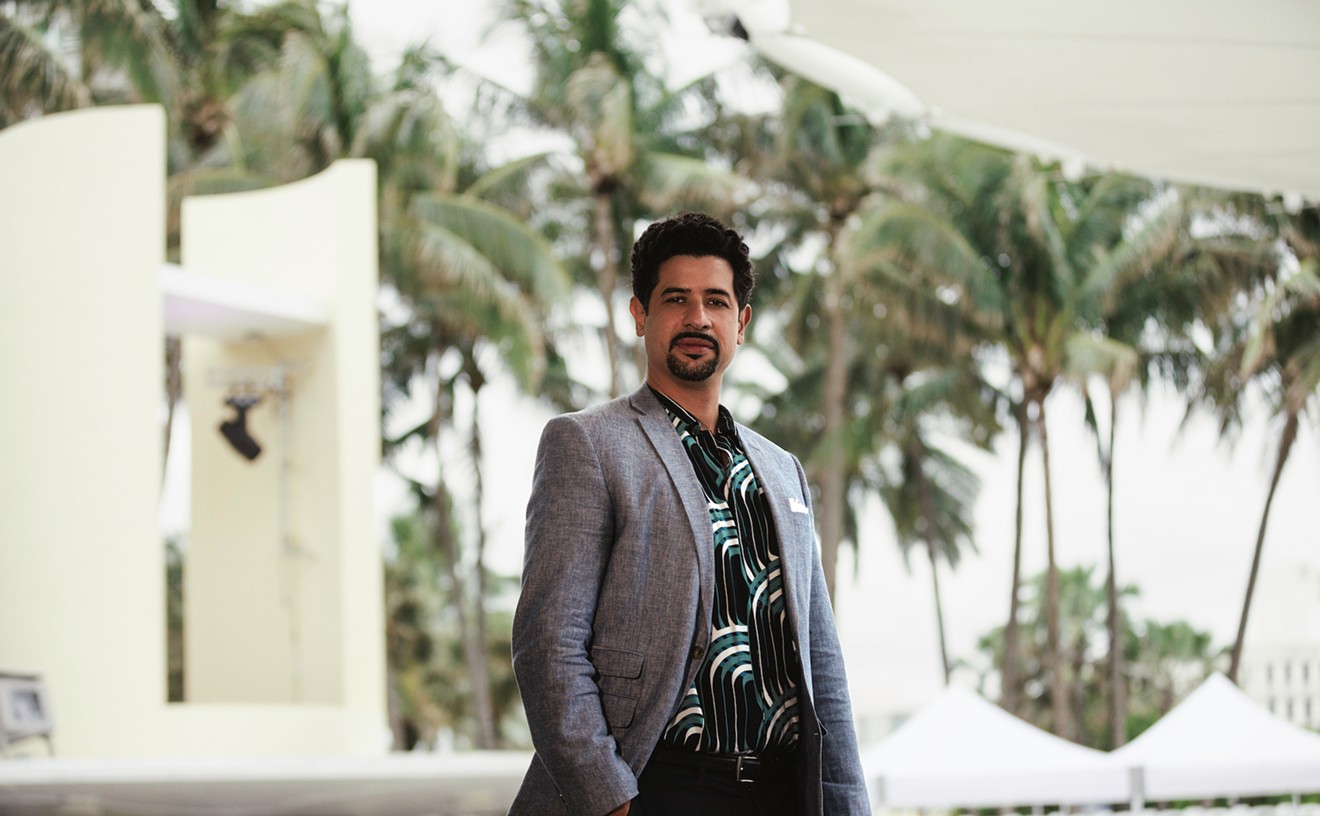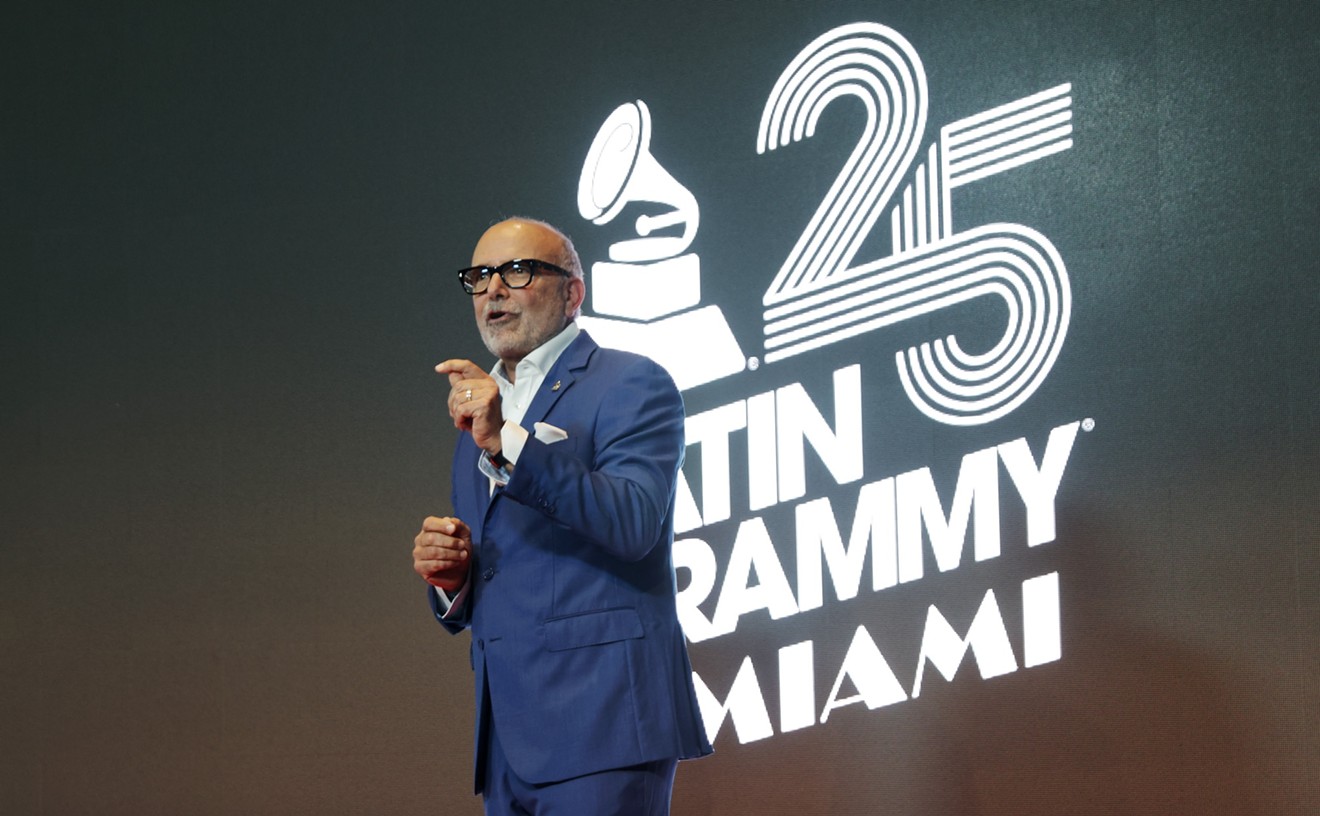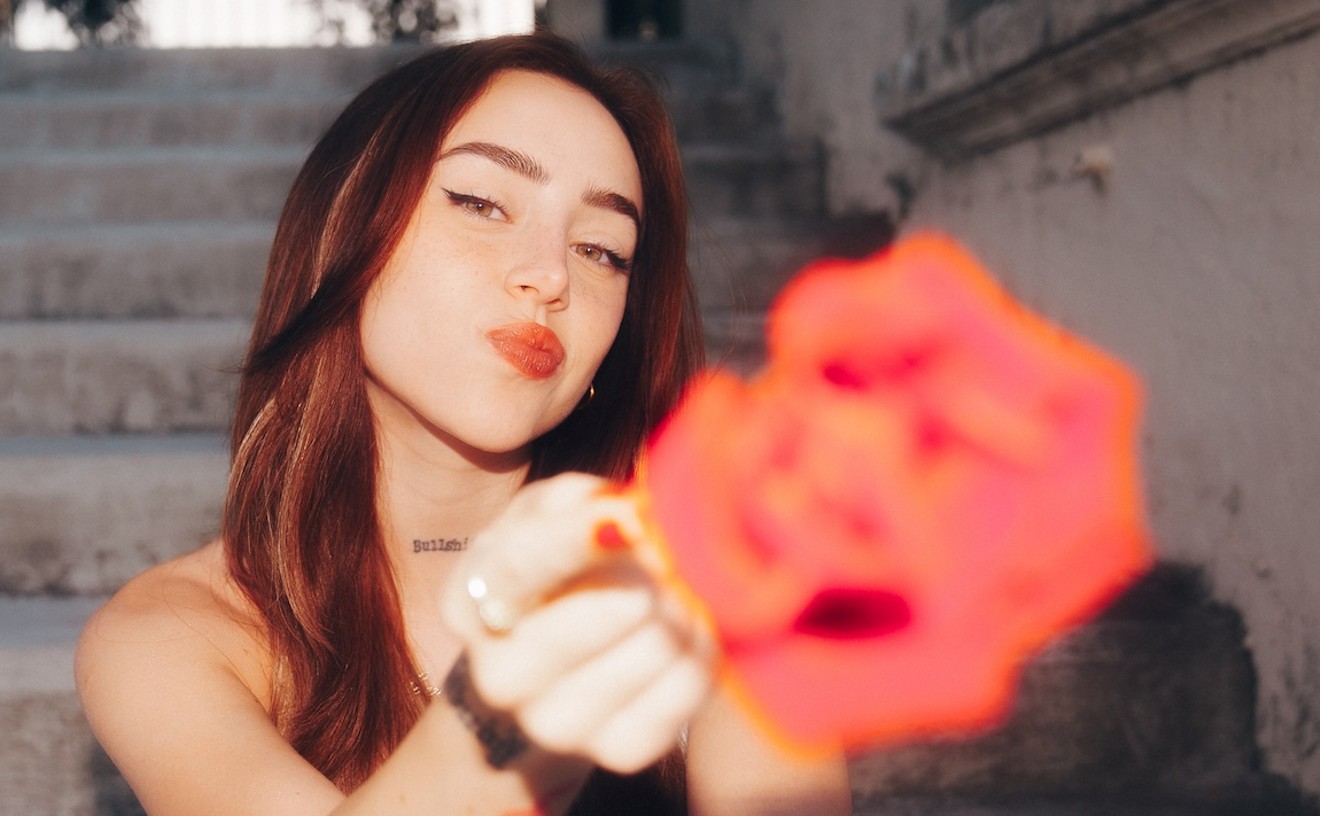“My name is Carla Morrison and I am proud to be Mexican,” she told the crowd at the end of her set, before reminding them that “dreams do come true!”
Morrison's set spearheaded the group of six artists that comprised this year’s roster of Latino artists at Coachella. The others were Ibeyi (French-Cuban), Mint Field (Mexican), Tei Shi (Argentinean), Prayers (Mexican-American), and Maceo Plex (Cuban-American). It’s twice as many artists as last year’s paltry (but exciting) selection of Nortec Collective, Chicano Batman, and Los Rakas, which was a serious dropoff for a festival that has featured a half-dozen or so Latino artists, indie and otherwise, on its roster pretty consistently over the past several years.
Despite that, there are still many who question the festival's overall lack of Latino representation. Why does a festival that books over 150 artists annually in Southern California, a region with a strong, sizable Latino population, include less than a dozen Latino artists?
“It’s about economics,” says Gil Gastelum, head of label/management group Cosmica Artists, putting it bluntly. “It’s a business at the end of the day and they’re trying to maximize their business along with making sure that it’s a good experience for everybody involved.”
Gastelum works with Latin alternative artists, including Morrison, and helps them book shows in the U.S. and Mexico. He believes Latino artist representation at Coachella will grow if fans support these artists economically, especially through advance concert ticket purchases. Latino artists need a history of strong ticket sales, he argues, to keep their momentum going and earn their spots at the big festivals.
“Historically, we [Latinos] are a walk-up audience and it drives promoters nuts,” he says of a headache he’s had to deal with repeatedly. “We have to play the game a little bit. We have to buy the early tickets. You look at the pop-punk bands and they sell out in advance. Then you see them at Warped and all these other festivals. Promoters want to see that.”
But that’s only half of the equation.
“This is not just a question of
As Cody points out, Goldenvoice’s limited selection of Latino artists is a calculated move to attract specific groups of fans. Many more Spanish-language artists, especially in urban Latino music, simply don't fit the Coachella mold. There are better odds of the Empire Polo Fields sinking into the Earth than of Goldenvoice adding, for example, an artist such as J. Balvin or Daddy Yankee to its lineup anytime in the foreseeable future.
To further complicate matters, many Latin American labels and promotional groups still lag behind their U.S. and European counterparts when it comes to promoting their artists in the current digital-first era. Many of the Latino artists from outside the U.S. that have played at Coachella either have to work independently to get there or work through an American mediator.
“I feel like the people that are over here that are Latinos aren’t too aware of what the situation back home is,” says Morrison. “Labels aren’t doing the best work as they used to. It takes a lot from us to make it happen. There’s a lot of details that are missing, but I feel sometimes that it’s easy to say, ‘They’re not getting Latino acts.’ It’s just that it’s hard.”
“If you gauge what happens here in the States versus what goes on in Mexico and South America at the indie level, they’re as just creative and innovative as anything out there in Europe. They just don’t have the same infrastructure; they don’t have the same support that the bands here do," says Gastelum, echoing his client. "I’m very grateful for places like Coachella that do invest in Latin alternative, even if it’s on a smaller scale."
Despite all these challenges, Cody believes it’s only a matter of time for the demographics to shift in favor of Latinos, and he's confident that Goldenvoice will respond in kind by booking more Latino artists. He’s quick to point out the company’s local support in promoting artists such as Bomba Estereo and Buraka Som Sistema with shows at Goldenvoice-operated venues such as the Roxy and Fonda Theatre.
“It might not be market sustainable yet,” he says, “but I really hope that the work that they’re doing in Los Angeles and all the tours they’re putting together is going to result in having more artists that’ll be big enough to play at Coachella.”










